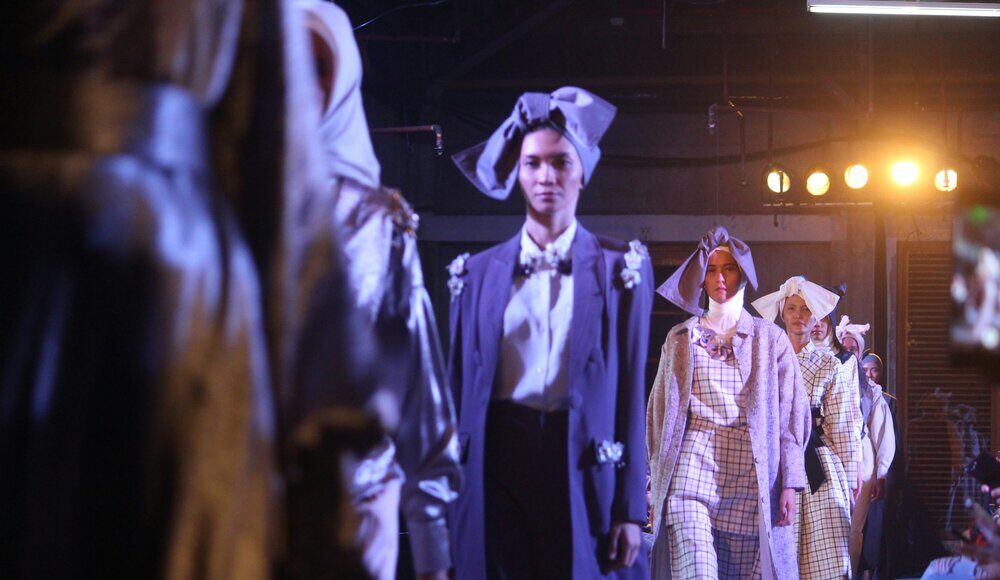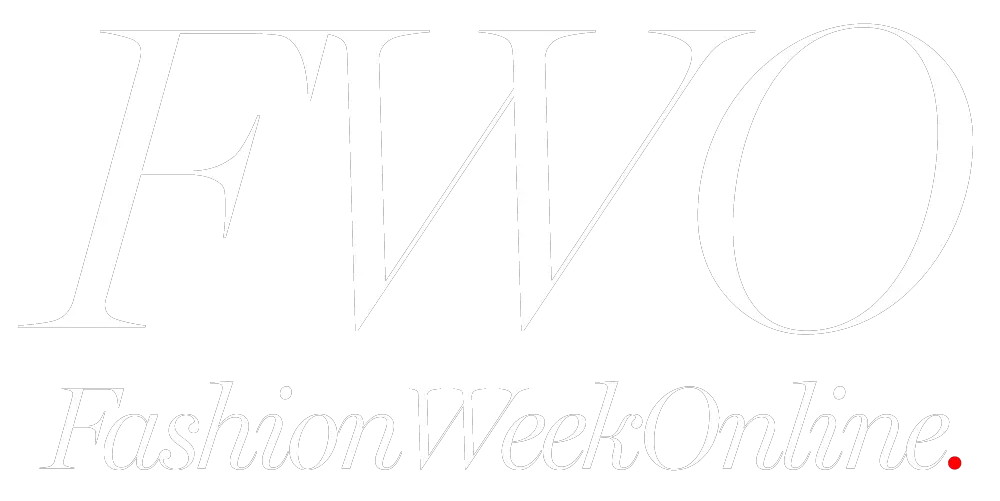Fashion Week is one of the most visually stimulating events on the planet. Runways turn into theatrical stages, designers push creative boundaries, and cities like Paris, Milan, New York, and London become living, breathing sets. For photographers and videographers, it’s a golden opportunity — not just to capture stunning visuals, but to launch or elevate a creative career.
However, breaking into Fashion Week isn’t easy. The competition is intense, access can be tricky, and expectations are sky-high. Building a portfolio that stands out isn’t just about having good gear. It’s about strategy, storytelling, relationships, and finesse. Whether you’re a student, a freelancer, or an established creative looking to pivot, here’s how to build a compelling Fashion Week portfolio that will get noticed.
Start with smaller shows and work your way up
Most creatives dream of shooting Dior in Paris or Gucci in Milan, but those front-row credentials don’t happen overnight. One of the smartest strategies is to start with emerging designers, local fashion weeks, and student showcases. These events often welcome new talent and offer far more accessible accreditation.
Smaller shows give you the freedom to experiment with angles, backstage access, and artistic approaches without the pressure of major media outlets breathing down your neck. The lighting might be less than ideal, and the pacing unpredictable, but that’s exactly where you sharpen your instincts. Think of these early gigs as both training and portfolio-building exercises.
As your work improves, you can leverage these experiences to apply for bigger shows. When organizers or PR reps see that you’ve already captured runways with style and professionalism, they’ll be more inclined to give you access.
Develop a strong visual signature
Fashion Week is saturated with cameras. To stand out, your portfolio needs a clear visual identity. Ask yourself: what makes your shots different? It might be the way you handle color grading, your cinematic framing, your use of shadows, or your editorial style. Your goal is to have someone look at your work and instantly recognize your touch.
For photographers, this might mean working with distinctive lighting or composition techniques. For videographers, it’s often about pacing, camera movement, and post-production aesthetics. Cinematic slow-motion, clean transitions, or handheld grit can all work — as long as it feels intentional.
Don’t chase trends blindly. The most memorable portfolios don’t mimic others; they create a personal language through imagery. Look at your past work and highlight what feels authentic and distinct. Build your portfolio around that voice.
Master the art of storytelling
Fashion is about more than clothes — it’s about emotion, mood, and narrative. A strong portfolio doesn’t just showcase technically perfect shots; it tells a story. Think of each show not as isolated moments, but as chapters of a narrative.
This could mean capturing the tension backstage before the first model walks, the designer’s expressions after the finale, or candid moments between models and makeup artists. If you’re filming, consider editing your footage like a short film, with a beginning, middle, and end. Even a 60-second reel can have a strong emotional arc.
Storytelling is what separates those who “cover” Fashion Week from those who document it artistically. Your portfolio should reflect this mindset.
Build relationships behind the scenes
In the world of fashion, access is everything. Backstage moments, front-row vantage points, and designer interactions often depend on who you know. Cultivating respectful, genuine relationships with PR representatives, designers, models, and other creatives can open doors that gear alone can’t.
Always approach people professionally, whether via email, social media, or in person. Offer to share your images, tag brands and talent, and follow up promptly. When people see that you’re reliable and respectful, they’re more likely to bring you into their circles. Some of the best photographers in the industry built their reputations not just on their skills, but on how well they collaborate with others.
Prepare strategically for each show
Fashion Week moves fast. Shows can start late, run early, change venues, or feature unexpected lighting setups. Preparation is everything.
For photographers, this means having backup batteries, multiple lenses, memory cards, and understanding the lighting environment in advance. For videographers, plan your audio setup, camera stabilization, and shot list ahead of time. Research each designer’s aesthetic so you can anticipate the mood: is it moody and minimalist, or explosive and theatrical?
Also, plan your edits. If your goal is to build a portfolio that will impress potential clients, editors, or agencies, you should think about how your shots will look collectively — not just individually.
Elevate your post-production
Your post-production process is where raw footage transforms into something unforgettable. For photographers, this is about precise color grading, retouching, and layout presentation. For videographers, it involves editing rhythm, sound design, and the creation of cohesive reels.
Even small stylistic choices — such as using subtle overlays, light leaks, or elegant transitions — can make a big difference in how professional your work feels. This is also where tools like After Effects templates can streamline repetitive motion graphics or intro sequences, helping you maintain polish without spending endless hours on technical details.
The key is balance: enhance your footage without drowning it in effects. The clothing and atmosphere should remain the star of the show.
Curate, don’t clutter
When building your Fashion Week portfolio, resist the urge to include everything you’ve ever shot. Quality trumps quantity. A tightly curated selection of 15–20 exceptional images or a well-edited 2–3 minute reel is far more powerful than a sprawling archive of decent work.
Think like an editor. Choose images that showcase your range — runway, backstage, detail shots — but also tell a cohesive story about your vision. Your portfolio should feel like a curated exhibition, not a storage folder.
If possible, present your work through a clean website or digital presentation rather than relying solely on social media. Instagram is great for exposure, but your portfolio is where professionals and potential clients will evaluate you seriously.
Network and promote strategically
Once your portfolio is ready, get it in front of the right people. Reach out to fashion publications, designers, and agencies. Apply for official Fashion Week accreditation well in advance, using your portfolio as your calling card. Share your work strategically on social media, tagging relevant accounts and using targeted hashtags.
Collaborations with models, stylists, and other creatives can also help boost your visibility. Often, word-of-mouth within creative circles can be more powerful than paid promotion.
And don’t underestimate the power of persistence. Many photographers and videographers work multiple seasons before landing big opportunities. Each season builds credibility and momentum.
Final thoughts
Fashion Week is not just an event; it’s an ecosystem. It’s where art, commerce, and culture collide in dazzling ways. For photographers and videographers, it’s both a playground and a proving ground. Building a strong portfolio takes time, strategy, and genuine passion for the craft.
Start where you are, develop your signature, tell stories with intention, and cultivate relationships with care. Over time, your portfolio won’t just reflect the shows you’ve covered — it will reflect your evolution as a visual storyteller.
##





